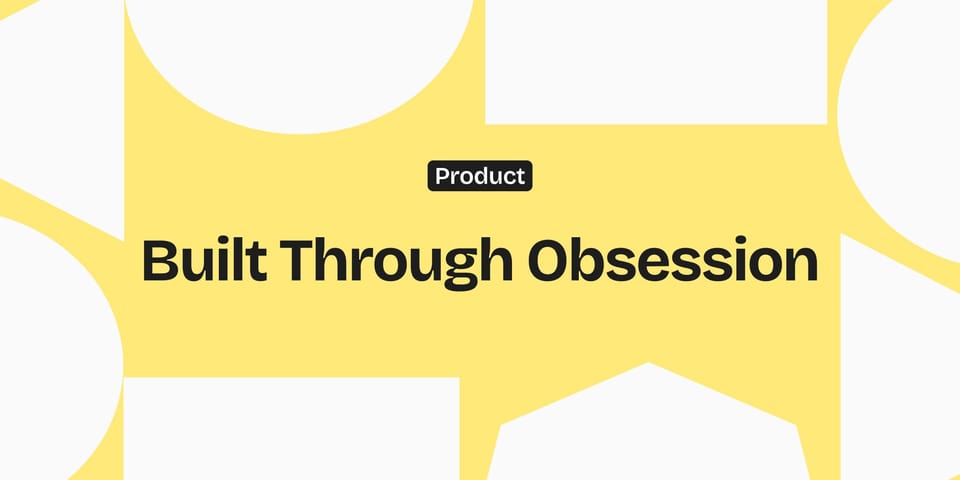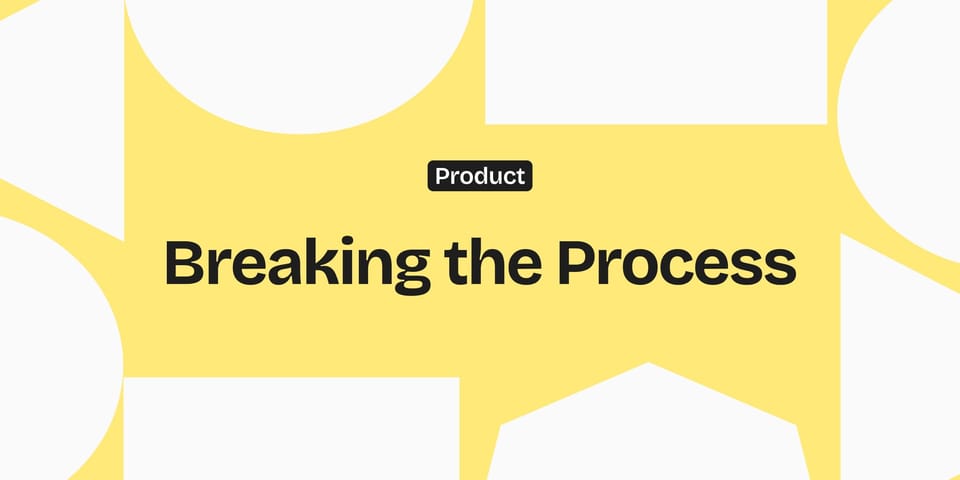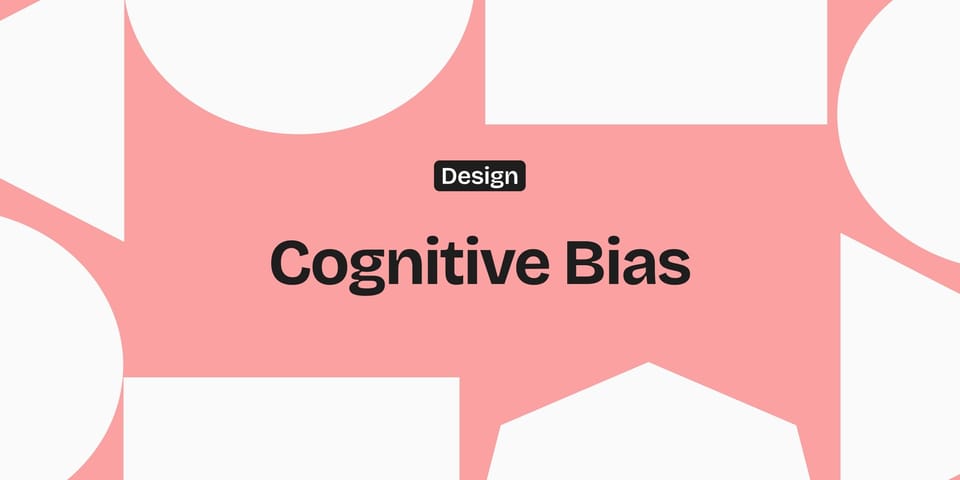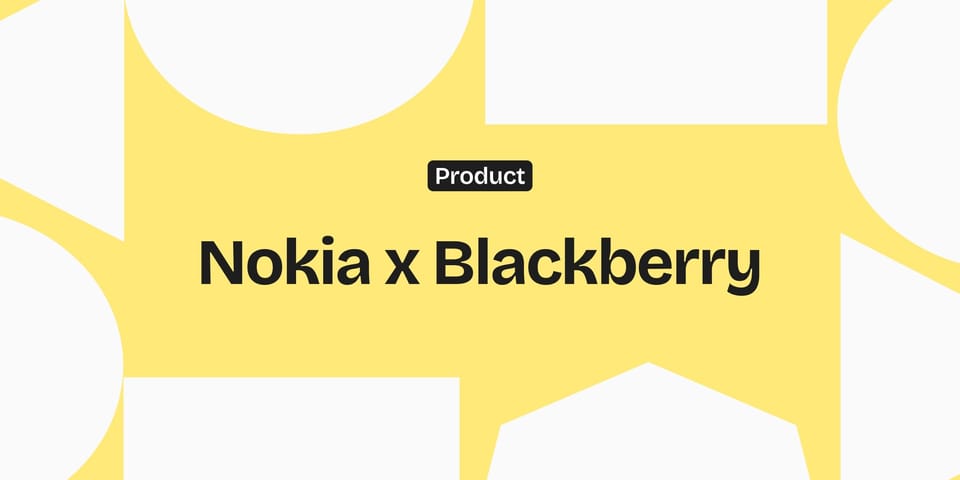Mastering Product Intuition
Product intuition means being able to look at a screen and guess-with 10% accuracy-how users will behave. It's not magic. It's a muscle, built by shipping, observing, and obsessing over what actually works.
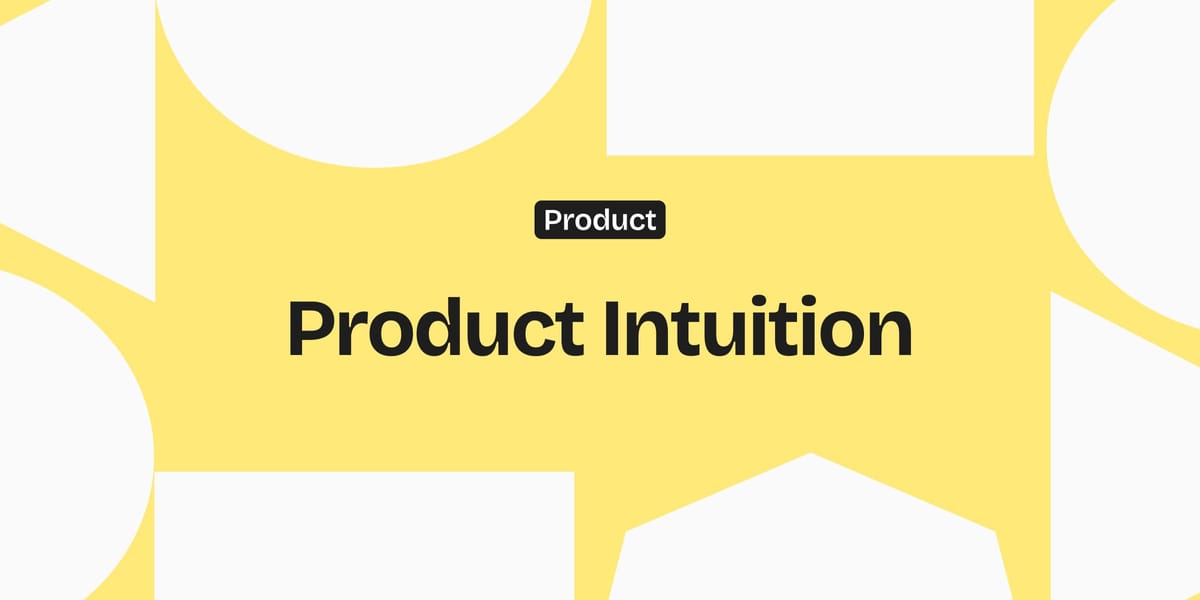
We tend to overcomplicate what it means to have great product intuition.
Product intuition is not a buzzword. It's not some mystical gift you either have or don't. It's something closer to pattern recognition and first principles thinking, honed by building, observing, and reflecting.
At its core:
You can look at a screen and intuitively predict the percent of users who will convert to the next screen within a 10% margin of error.
That's it.
This may sound basic, but it's extremely rare. I've interviewed over 200 PMs and designers. Less than 10% can do this consistently. The best ones are often ex-founders, indie hackers, or those who've lived inside products they've built for years.
Why does this matter?
Because product building is a game of compounding intuition. Every decision adds or subtracts clarity. Great product intuition means:
- You feel when a CTA is asking too much
- You know when a user flow is one step too long
- You can smell drop-off just by glancing at a prototype
And you don't need a data dashboard to prove it.
Einstein said: "The only source of knowledge is experience." He wasn't building B2B SaaS, but the principle holds. Product intuition is earned by shipping, failing, and learning what actually resonates with users.
How to develop it?
- Play with products daily. Open apps like you're reverse-engineering them. Instagram, CRED, Notion, TikTok. Ask yourself why they designed each step.
- Guess metrics. Before you see data, estimate it. % of users completing onboarding, clicking search, finishing checkout. Tools like PostHog and Mixpanel can help test those intuitions later.
- Run your own experiments. Even a basic Webflow or Framer site with traffic teaches more than 10 case studies.
- Talk to users yourself. Musk built rockets and spoke to customers. Jobs obsessed over user interactions and watched how people used the iPod. Bill Gates spent hours reading user feedback himself.
- Study successful products deeply. Why does Apple Pay convert so well? Why do people keep returning to Reddit? What makes CRED's motion design feel rich? Read teardown posts from Growth.Design or Built For Mars.
- Read timeless books. Some of the best insights come from outside product management:
- The Design of Everyday Things by Don Norman - UX bible
- Hooked by Nir Eyal - on habit loops and engagement
- Thinking, Fast and Slow by Daniel Kahneman - on decision psychology
- Inspired by Marty Cagan - gold for PMs
Final thought
Product intuition isn't a superpower. It's a muscle. You build it like any craft: by doing the work, staying curious, and caring deeply about how humans behave.
Bill Gates once said: "We always overestimate the change that will occur in the next two years... and underestimate the change that will occur in the next ten." The same is true for product intuition. You won't master it overnight. But keep practicing, and one day, you'll look at a screen and just know.
And you'll be right.
If you're building products or teams and want to geek out more on this, DM me. Always happy to trade notes.

